For the last couple of weeks, Bangladesh has witnessed a series of protests and this can be seen as one of the protest-oriented countries in South Asia. Several issues have floated in these rallies that have been organised and commanded by the student activists and parties of the oppositon wing, and this is arising into debates and issues within and outside the country.
Protests, mainly carried out by students’ associations with strong backing from the opposition parties, have been continuous. Youths and students from different universities and colleges have been involved in other forms of activities as a means of crying for change and order in the government.
Some of the priorities on which the demonstrations are based include demands for reforms in the electoral system, more openness in government, and justice for the incompetence or corruption allegations leveled against the government. Meanwhile, they also want the quality and cost of education improved, environmental issues addressed, and employment for the graduates upon their release.
These demonstrations graduate every three weeks, starting a month now, primarily because of some decisions made by the government on electoral laws that were not well received. Since his release, they have increased in size and frequency, rendering most towns saturated with daily demonstrations and protests; universities were no exception.
The capital, Dhaka, has borne the brunt because the biggest rallies were held there. However, protests also took place in other chief cities like Chittagong, Rajshahi, and Khulna, which suggests that this situation of frustration among the public sort of led up to this.
The protests were against a government bill that changes the way they can hold elections; critics have said it stands to strip rights away from citizens and undercuts democratic elements. This action prompted protests and peaceful activity by opposition parties and students in support of regaining the alterations and real electoral reform.
The protests have been relatively riot-free, and among them are strikes, humanitarian demonstrations with printed banners, PowerPoint presentations, confrontational speeches, and any form of physical contact or aggression. Tanning has been a critical aspect of fundraising and sensitizing the population both locally and globally via social media platforms.
Nonetheless, there were isolated incidences of the involvement of the police in the protests through the use of force, teargas, and, finally, arrests of protesters implicated in acts of vandalism and unlawful engagement triggered by the results of the protests.
“Now, we see the government standing on the issue, varying by recognizing the freedom of assembly for protest and simultaneously condemning activity that is leading to a disruption of public order.” The Prime Minister of Bangladesh, Sheikh Hasina, has even said she and her administration are open to negotiating with the protesters so that their concerns and demands can be assuaged; however, on the ground, there has been no move in reality towards actually enforcing a solution.
Ratcheting up the protests gives a glimpse of the actual concern about political and social development both in the country and amongst the youth of Bangladesh. The outcomes of such demonstrations can very well redefine the political paradigm before the general election and better qualify the events as democratic turning points in the history of Bangladesh.

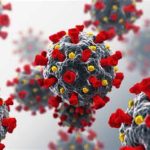
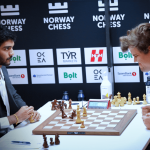


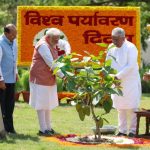
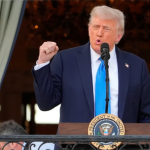
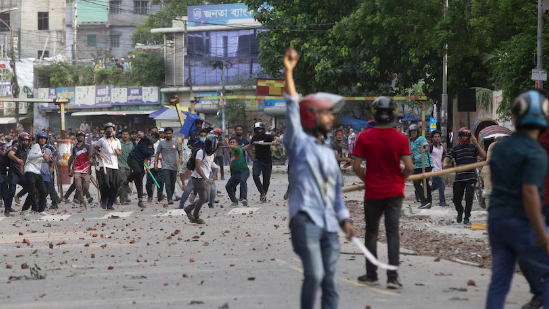
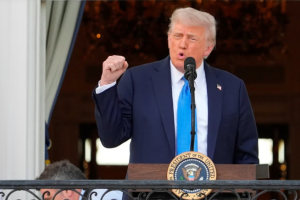
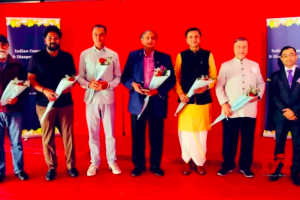
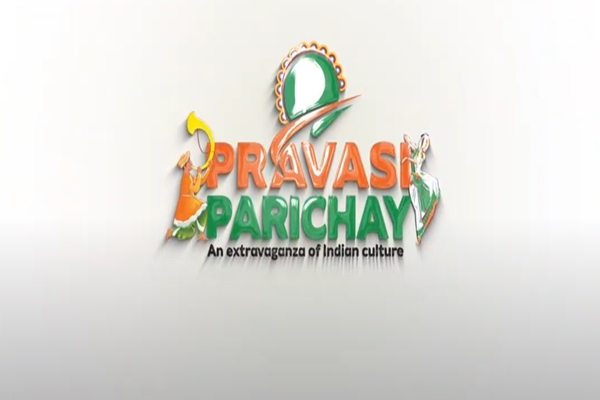
Add Comment